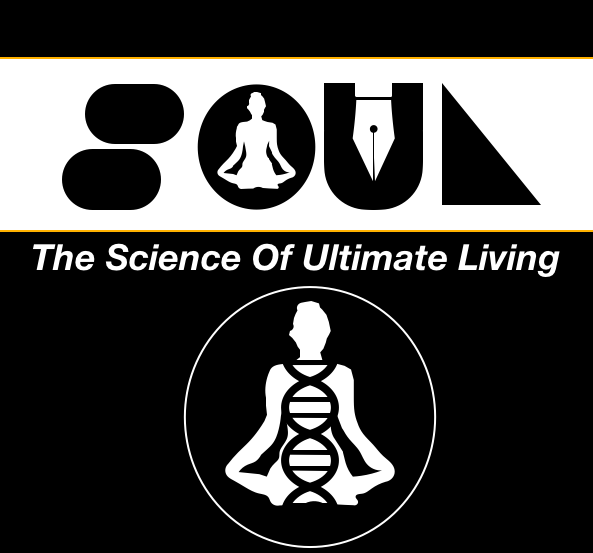
One of my favourite travel memories was the unexpected view of the Panchachuli peaks on a full-moon night.
Imagine you are in a hotel in Munshiyari, a remote town in the Himalayas. It is one of the rare places where that’s is no artificial lights at night. You look out the window and unexpectedly see a breathtaking sight: the majestic snow covered Panchachuli peaks, shining in the full moon light. You feel a surge of awe and wonder.
But what is really happening in your mind? How do you perceive this beauty? Is it real or just a simulation?
Let’s trace the journey of light from the sun to your eyes. The sun fuses hydrogen atoms into helium, releasing heat and photons. Some of these photons travel for about eight minutes and 20 seconds until they reach the moon, where they reflect off its surface. Some of them travel for another 1.3 seconds until they hit the snow-covered peaks of Panchachuli, where they scatter in different directions. Some of them travel for a fraction of a second more until they enter your eyes. They pass through the cornea, pupil, iris, lens and hit the retina.
Your eyes don’t know anything about the sun, the moon or the mountains. They only detect the photons that hit them and activate the rods and cones in your retina. Within nine seconds, the photons that were born in the sun are absorbed by your eyes.
The job of photons is done once it transferred the information (only the visible spectrum) to electrons. The electrical signals from your eyes are now carried by the optic nerve to your brain, where they reach the visual cortex. There are 30 different parts of the brain that interprets the incoming signals as colors, shapes, distances, directions and brightness based on available information.
But your brain doesn’t stop there. It also edits the image a bit. It makes the moon and the mountains look bigger and brighter than they really are. It creates a qualia, or personal subjective experience of reality.

At the same time, your brain searches your memory for associations and meanings. It connects the image to your past experiences, emotions and knowledge and makes up a ‘meaningful’ story that generates a feeling of awe and happiness. All that comes around 100ms after the actual event (unless you see something moving, in which case it anticipates and creates the image based on what happens before and after the event as proposed by Eagleman).

As the red dot travels on the screen, it lines up with the green dot that blinks at that moment. But our eyes can’t catch this vertical alignment easily. The red dot seems to be slightly ahead of the green dot because the green dot is seen 100ms after the event and the red dot is interpreted by the brain based on its movement before and after the event.
So, did you really see the mountains, or just photons that formed a pattern representing them? Did you really feel awe and happiness, or just chemical reactions in your brain?
Interestingly, you could have the same experience by stimulating your brain in a specific way. We would call that a hallucination. But how do we know?
You see nothing, you hear nothing, you feel nothing, but only the simulation inside your brain.
Descartes famously said: “Cogito, ergo sum” (I think, therefore I am.). He believed that the only thing he could be sure of was his own existence, because he could think and doubt the existence of reality. Everything else could be a simulation created by his brain. But then who is the “I” he was talking about?

Is this I the same as his brain? Is this I the same as the process that created the experience? Or, Is this I the same as the one who experiences?
These are some of the hard problems of consciousness that philosophers have been asking for centuries. And we don’t have definitive answers yet. Some people explain it as soul, which is also a subjective definition like the feeling of self.
Absolute truth may forever be hidden from us. However, maybe we can enjoy the mystery and beauty of our perception without worrying too much about its reality.
Maybe we can appreciate the amazing feat of our brain that allows us to see and feel things that are beyond our reach.
I feel, therefore the feeling exists. May be feelings and experiences are the the only reality.
What do you think? What is reality to you?
Further reads:
http://www.scholarpedia.org/article/Hard_problem_of_consciousness
https://eagleman.com/papers/EaglemanSejnowskiScience2000.pdf
Image: Created in Bing AI image creator.

1 comment
Comments are closed.